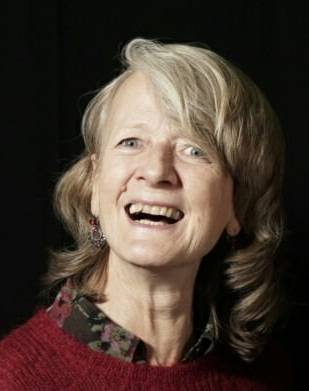Cited By
View all- Oralbayeva NAly ASandygulova ABelpaeme T(2023)Data-Driven Communicative Behaviour Generation: A SurveyACM Transactions on Human-Robot Interaction10.1145/3609235Online publication date: 16-Aug-2023
- Pelachaud CBusso CHeylen D(2021)Multimodal Behavior Modeling for Socially Interactive AgentsThe Handbook on Socially Interactive Agents10.1145/3477322.3477331(259-310)Online publication date: 10-Sep-2021
- Cafaro APelachaud CMarsella S(2019)Nonverbal behavior in multimodal performancesThe Handbook of Multimodal-Multisensor Interfaces10.1145/3233795.3233803(219-262)Online publication date: 1-Jul-2019
- Show More Cited By


